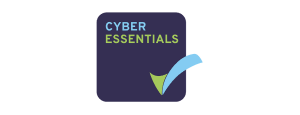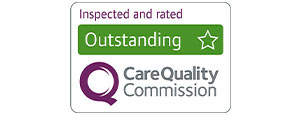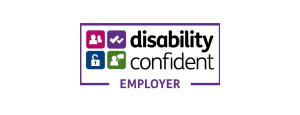Why the switch to EMIS?
All the GPs in the areas we cover are already on EMIS – so the move made sense.
One of the main aspects of EMIS we’re interested in is the Shared Care record. It means that, for any patient who’s been referred to or registered with us, we can access their records with their GP – and their GP can access the relevant records with us.
Our main reason for adopting EMIS now is that, before, all the GPs we work with were on different types of software. Now they’re all on EMIS, it makes sense for us to be, too. We could’ve made the switch earlier, but it wouldn’t have had the same benefits as it does now.
What was it like before?
Before EMIS, we’d have to contact a GP via email or phone to access a copy of the patient’s medical records. Depending on how busy the GP was and on the request’s urgency, this process could take anywhere from half an hour to four days. This would then lead to delays in our referral process, and in us seeing patients.
What are the benefits of having instant access to patient records?
Now we’re on EMIS, when we get a referral, we can straight away understand when a patient last spoke to their GP. We can look at what medication they’ve been on, and any allergies they have. It’s a lot quicker, a lot safer; it’s more connected.
Is EMIS only for hospices?
No – it was made primarily for GP surgeries, before it was pushed out to a wider audience. That doesn’t mean it’s a ‘one size fits all’ sort of solution, though. You get a base piece of software, and training on how to use it – all its different features and capabilities – then you build the system that’s most relevant to your service.
How widely is EMIS used by similar service providers in the local community?
Before we adopted EMIS, there were two other hospices in Kent – that I know of – using it.
What challenges did you encounter implementing EMIS?
Our first challenge was to meet with staff and teams to understand what a typical patient referral process looked like, from beginning to end. What different forms and assessments were required? Who would a patient or family member speak to at each stage of the journey? What information would our teams need at each stage?
Then, we used that information to build out the software. But because that build was so long, the process ended up changing halfway through! We had to constantly update it.
We’ve also been having weekly – now fortnightly – catch-ups to iron out the software’s kinks and discuss progress regularly at Clinical Leadership Team meetings. It’s a continual process of making sure the software is up to date – and that it works as well as possible for our staff and services.








